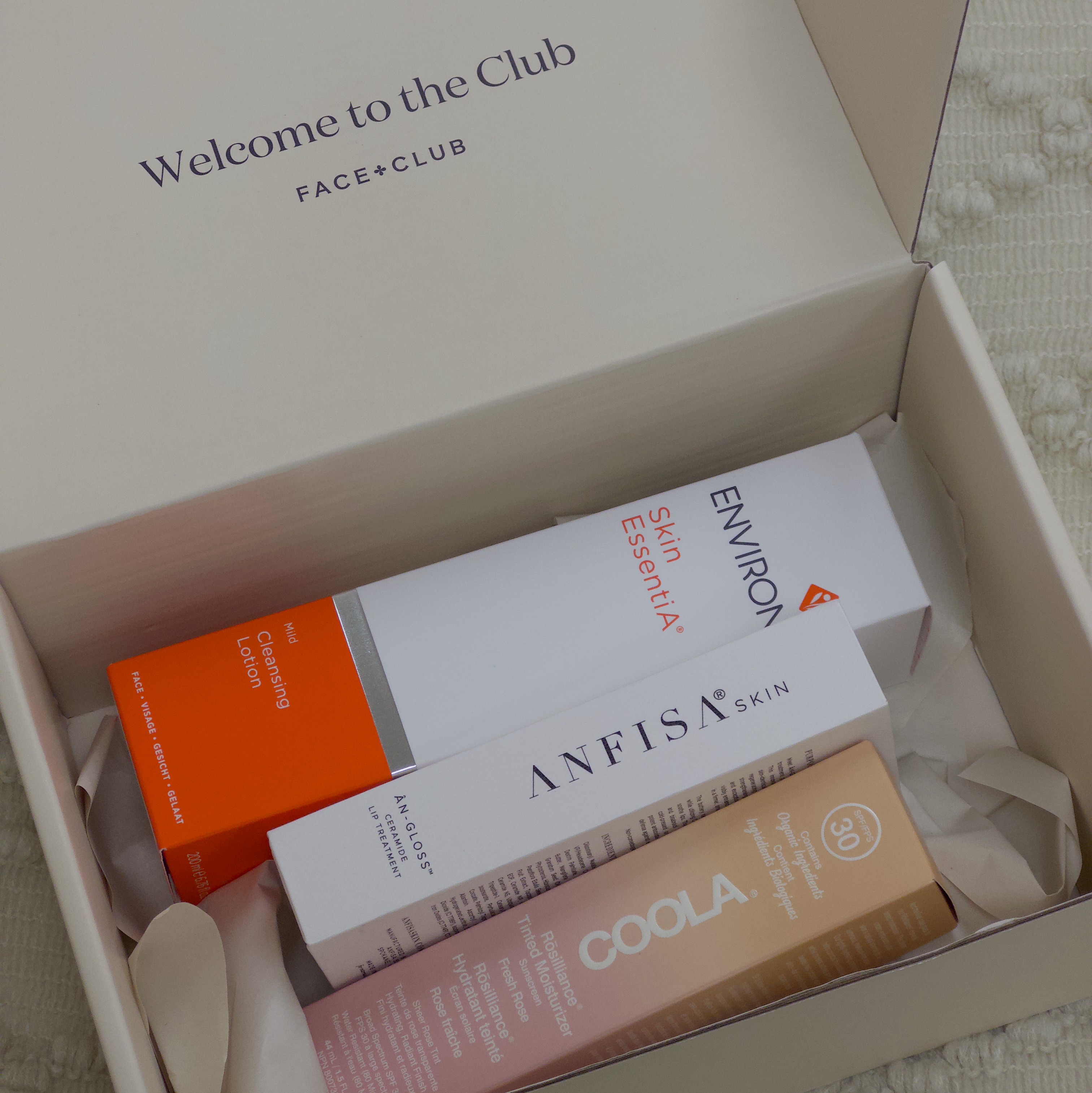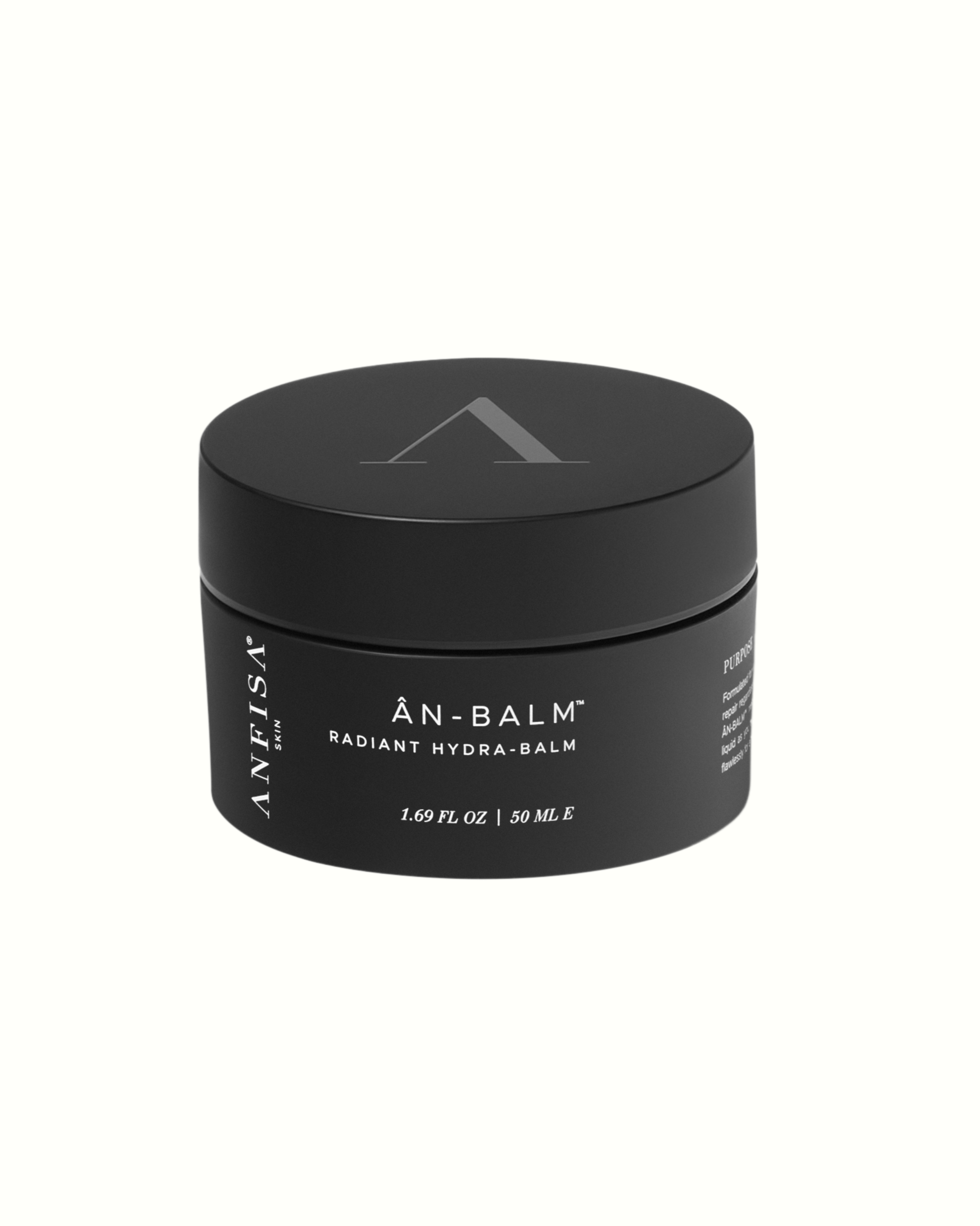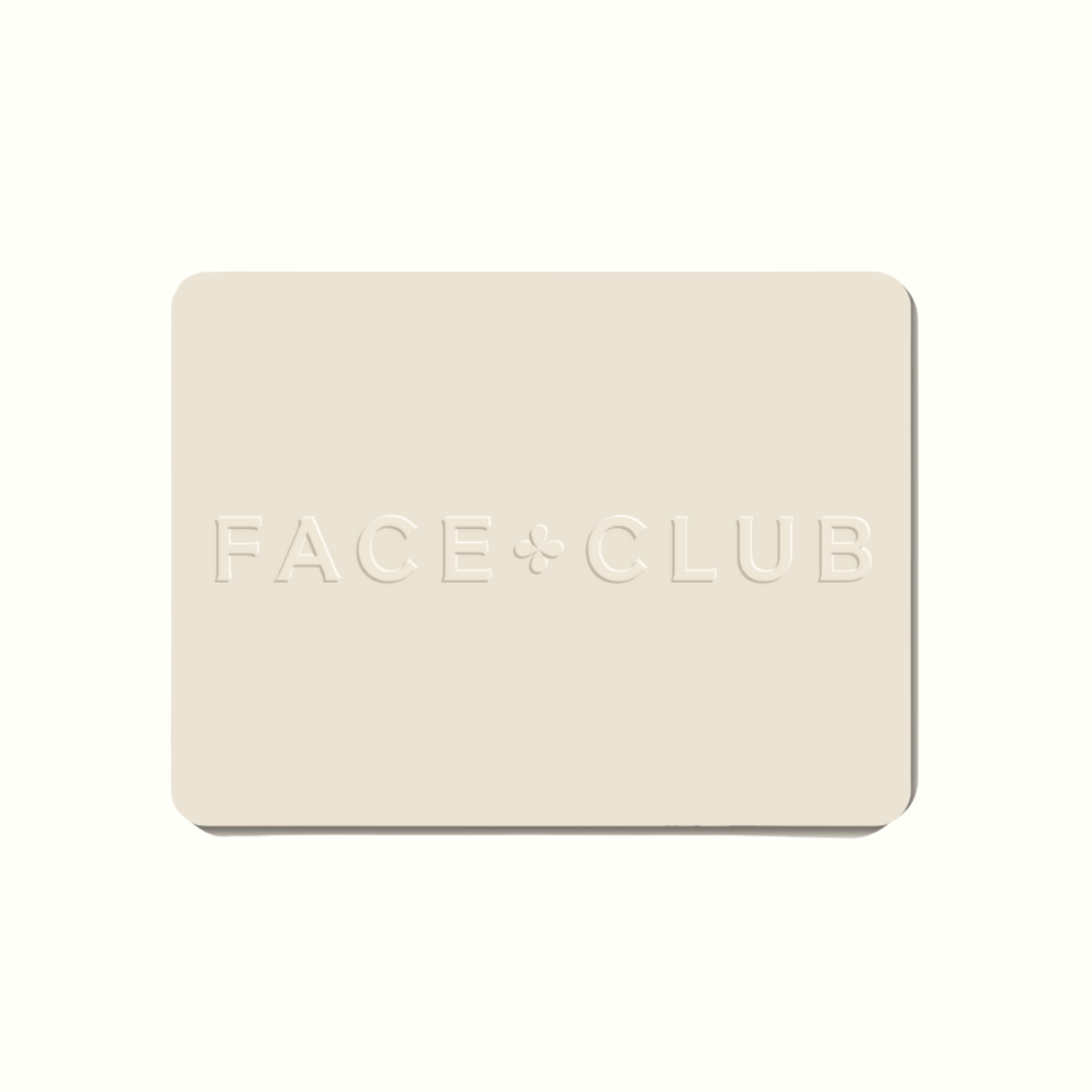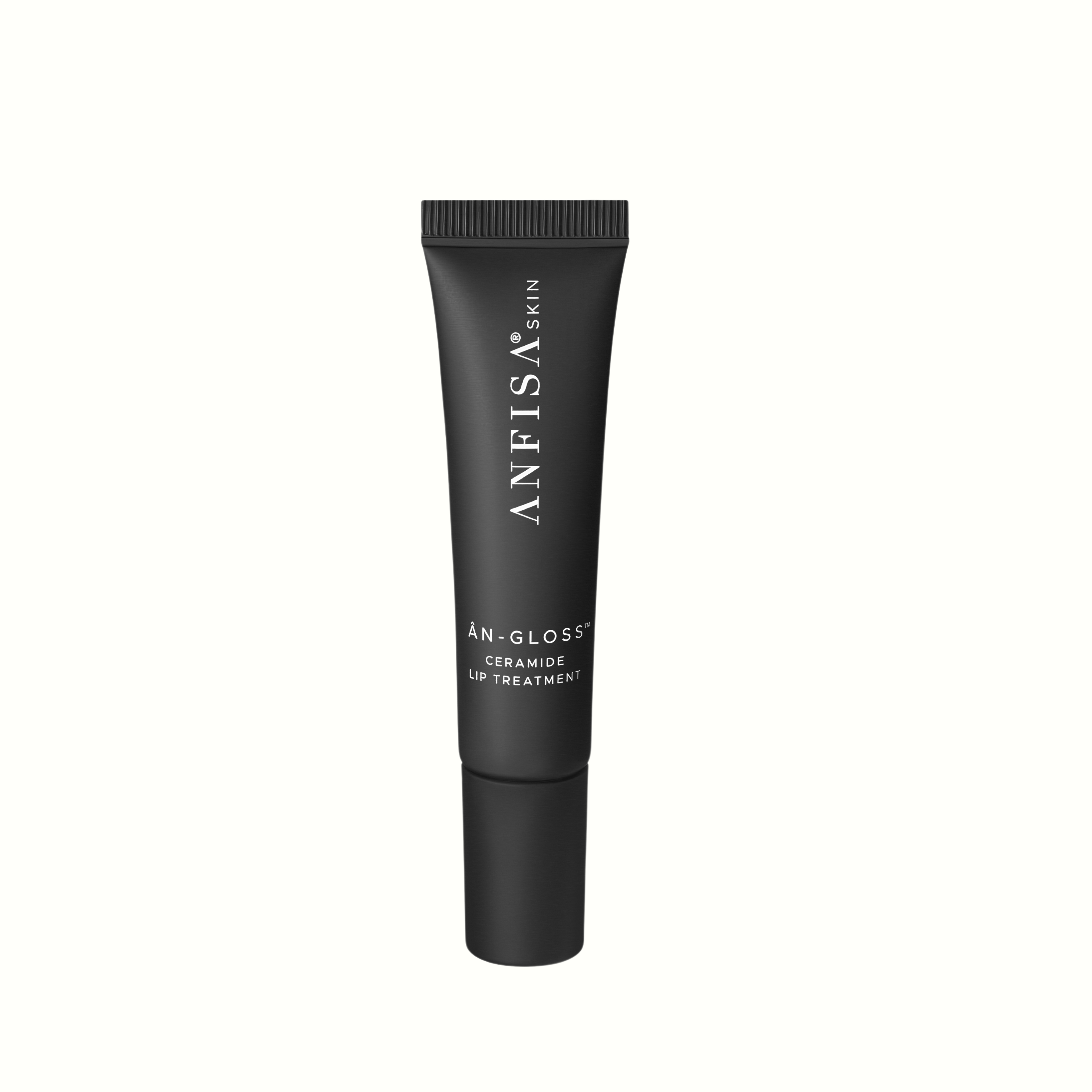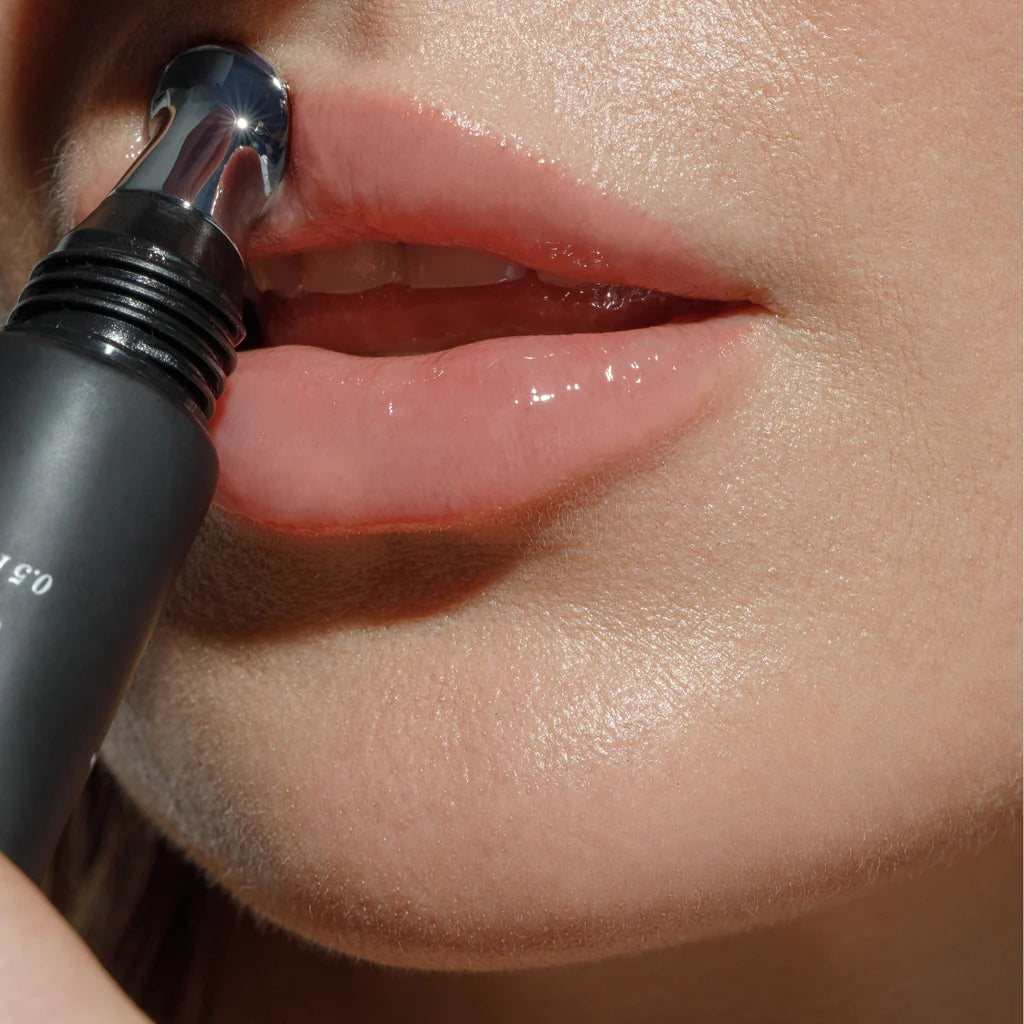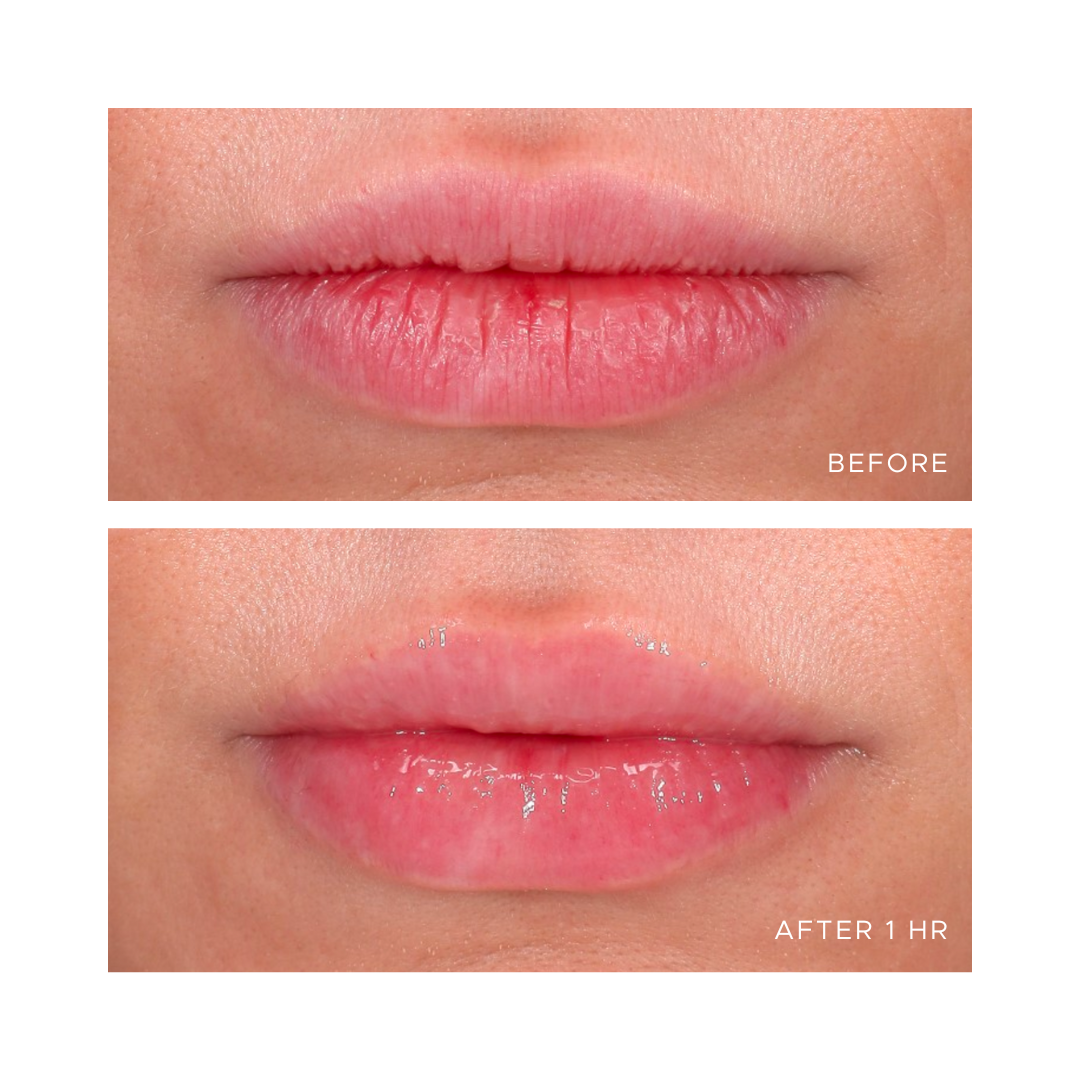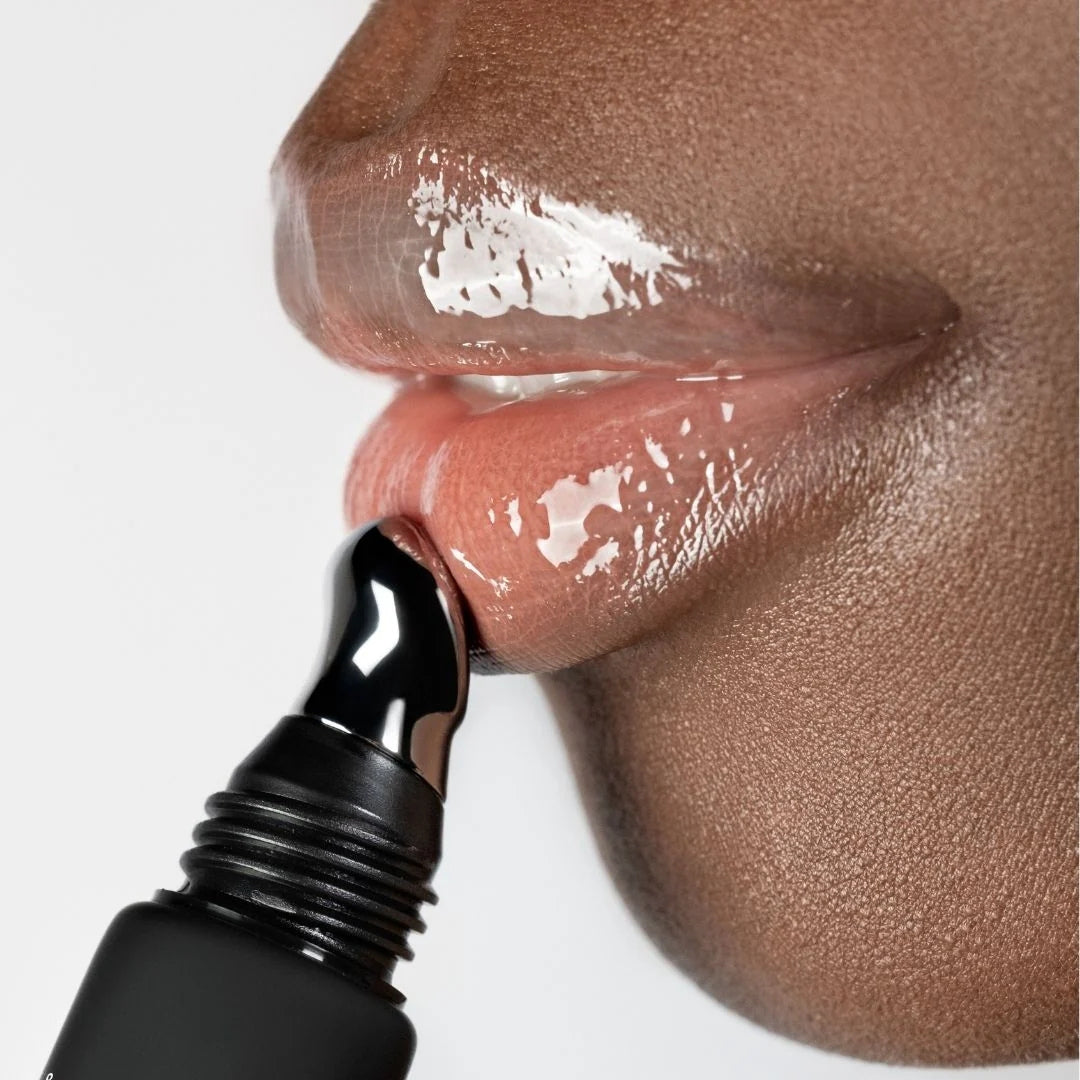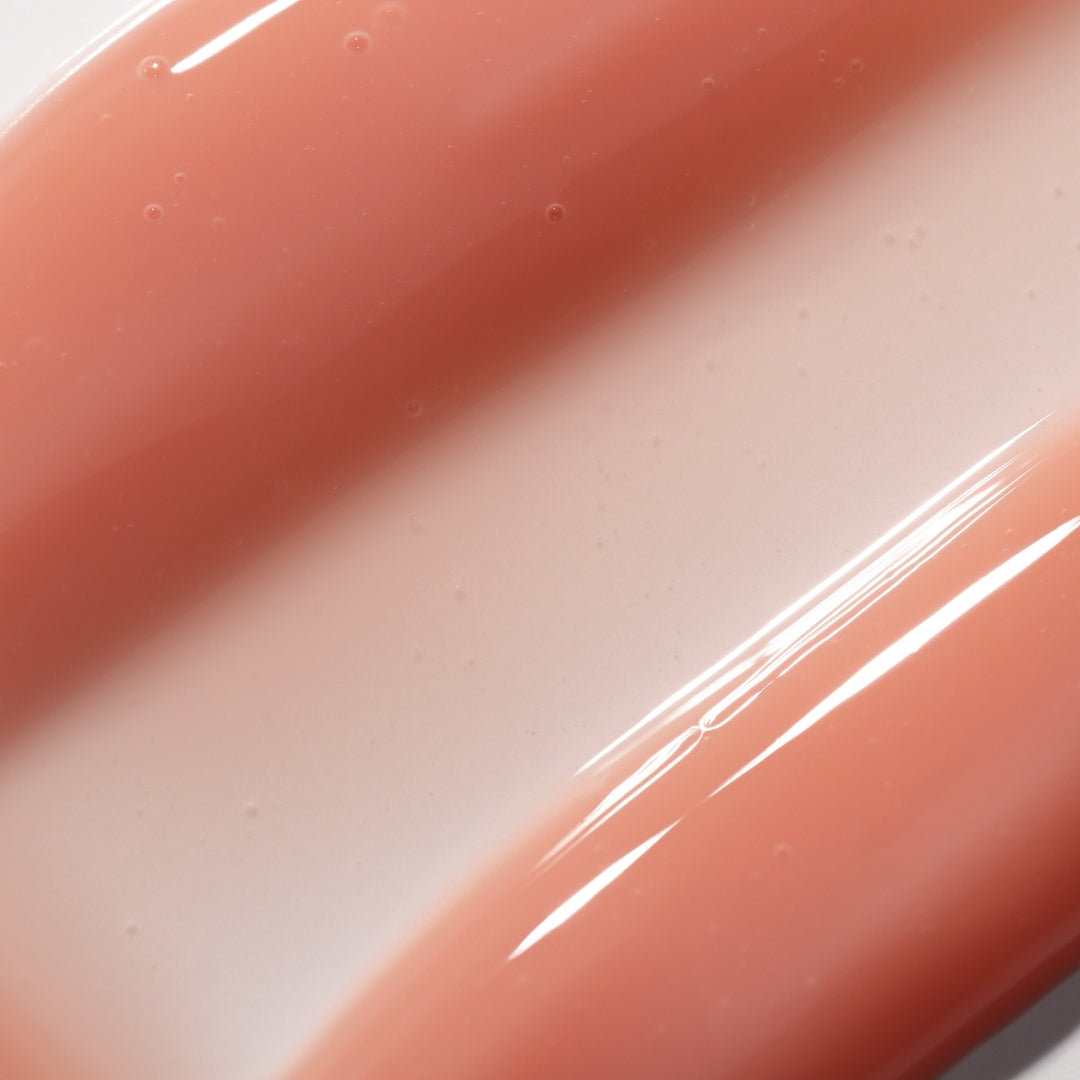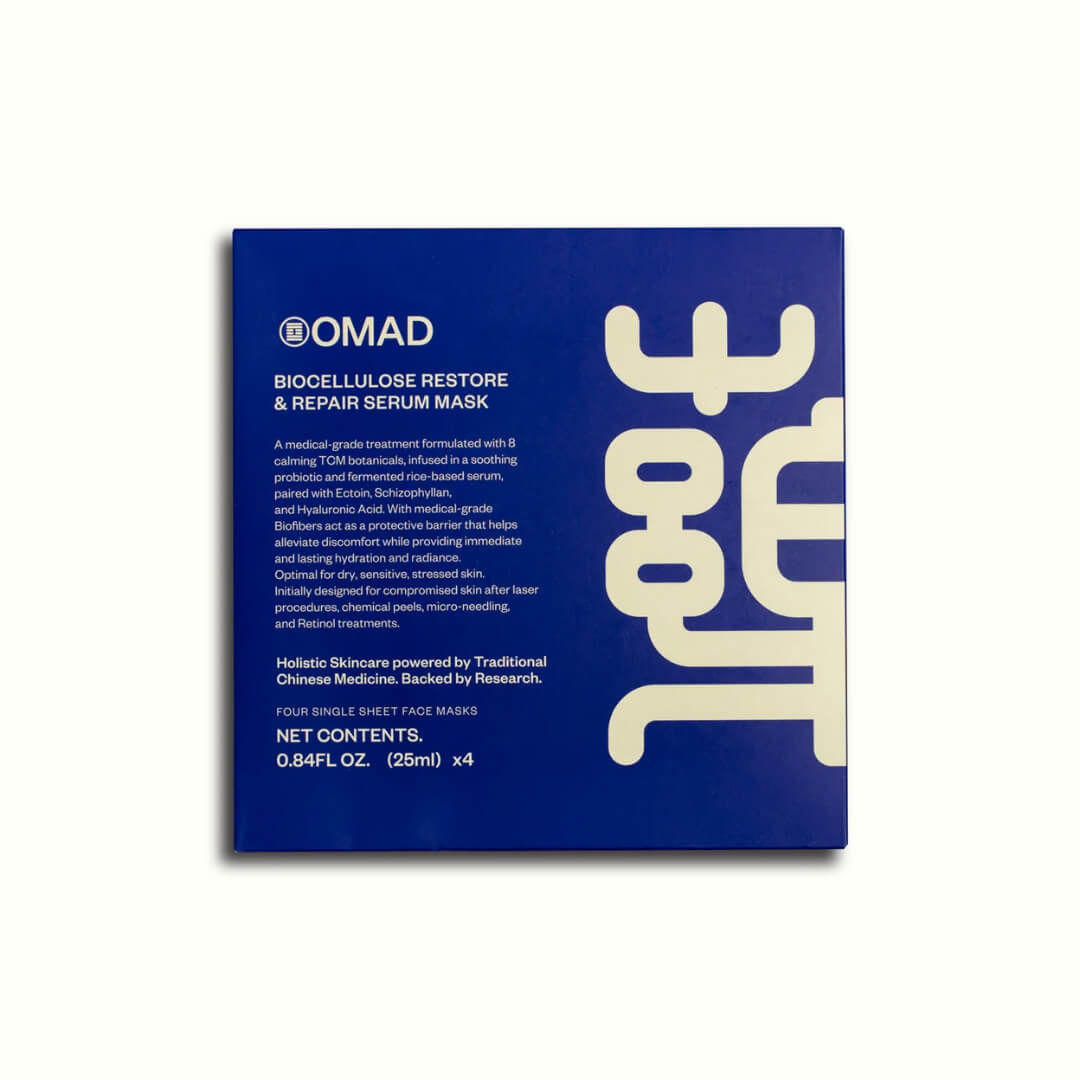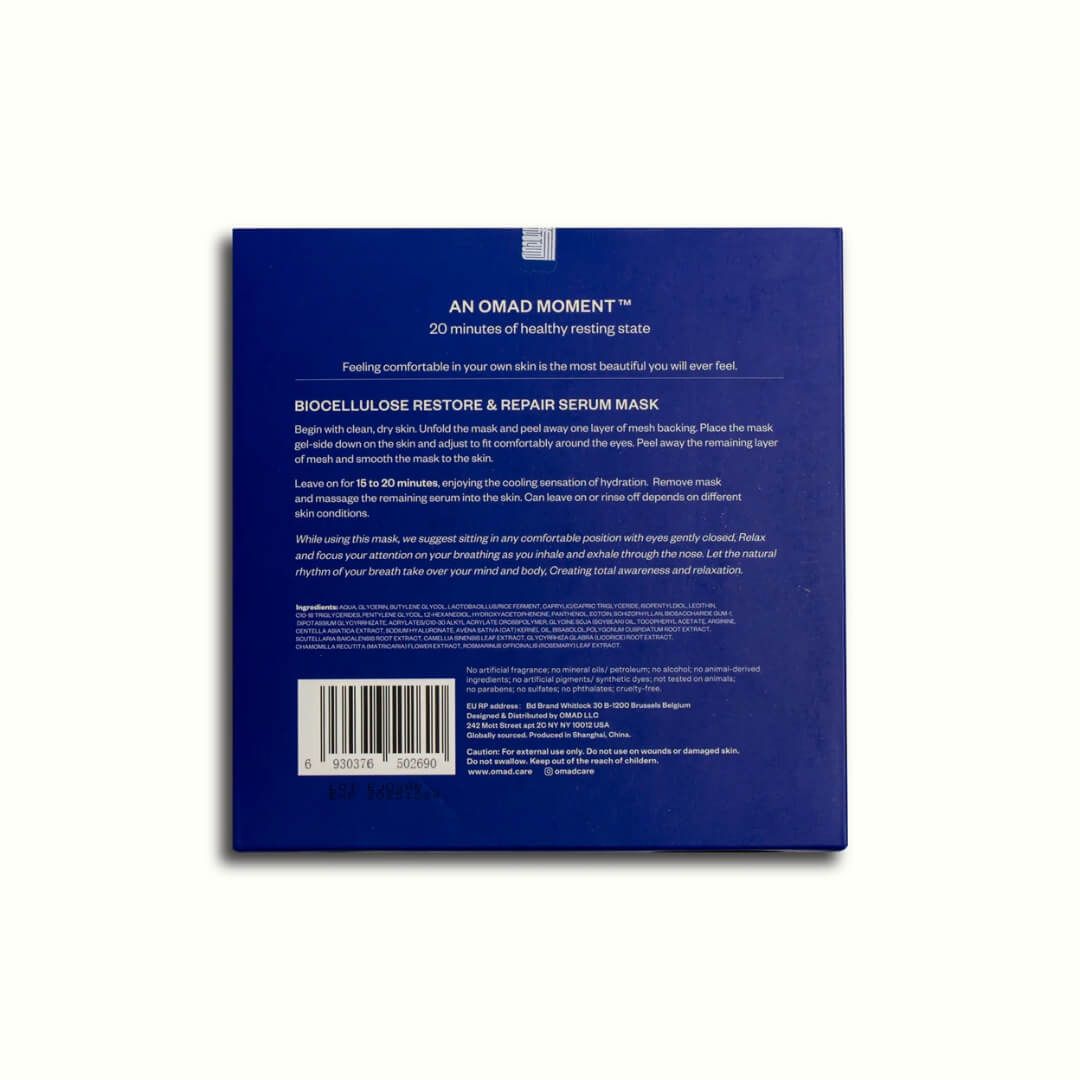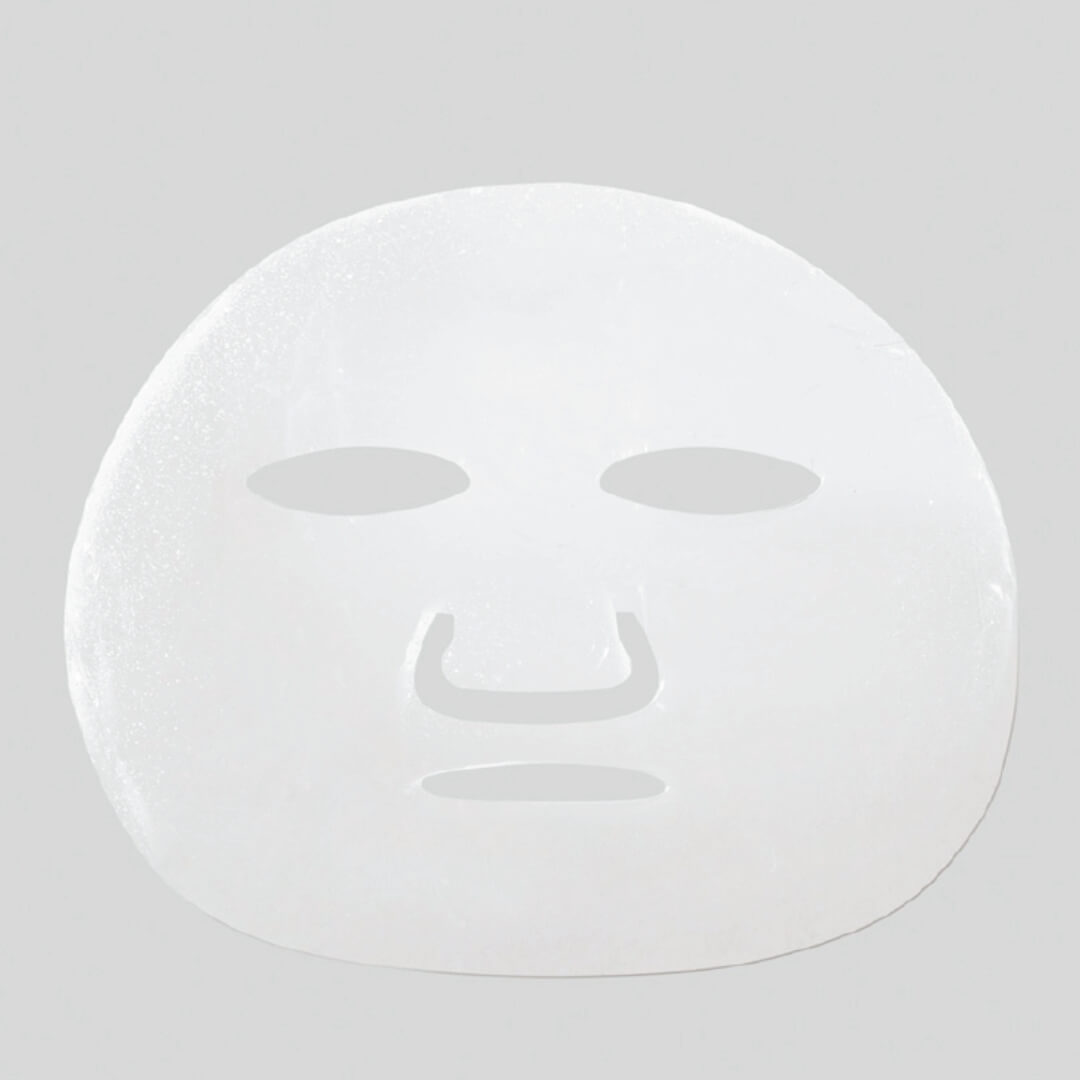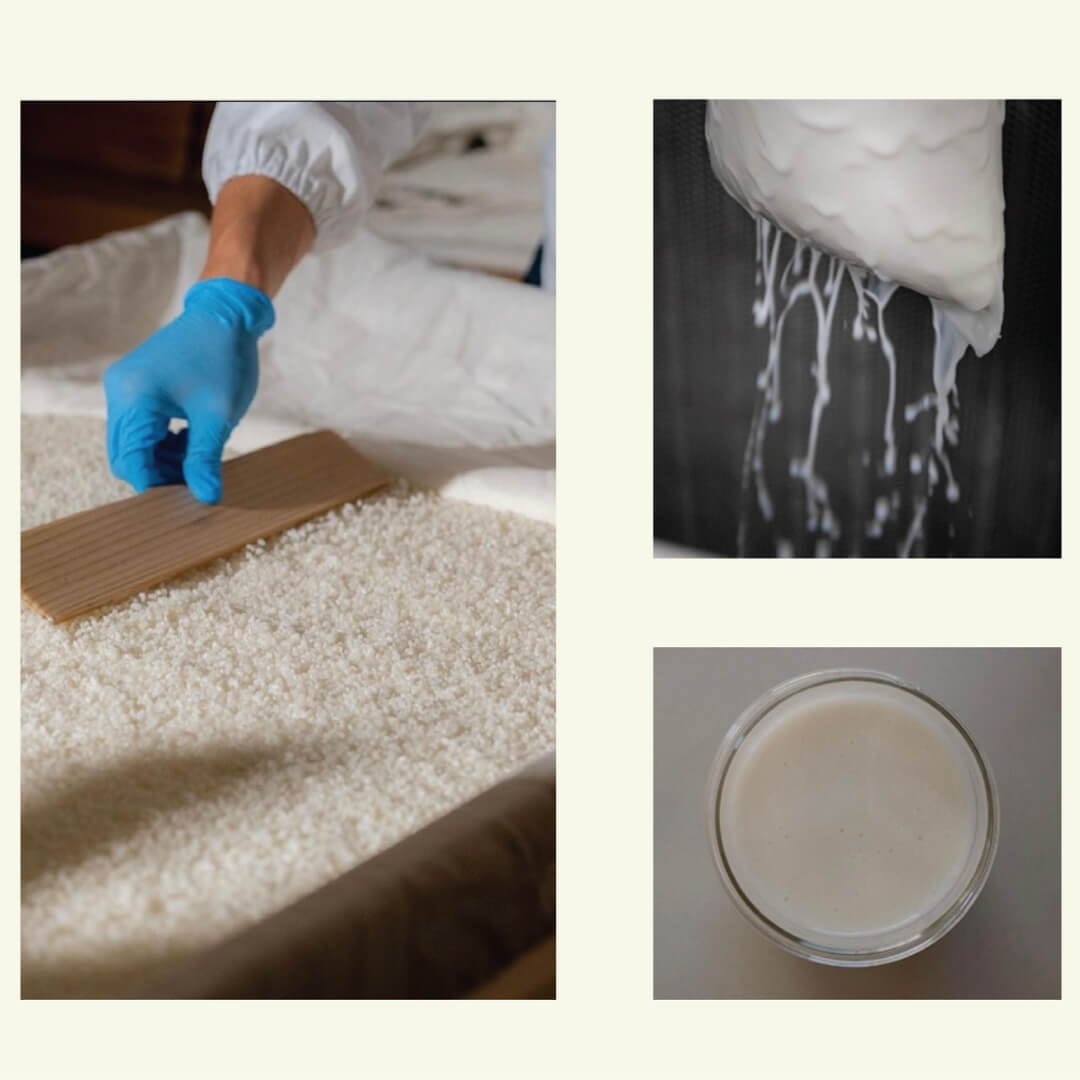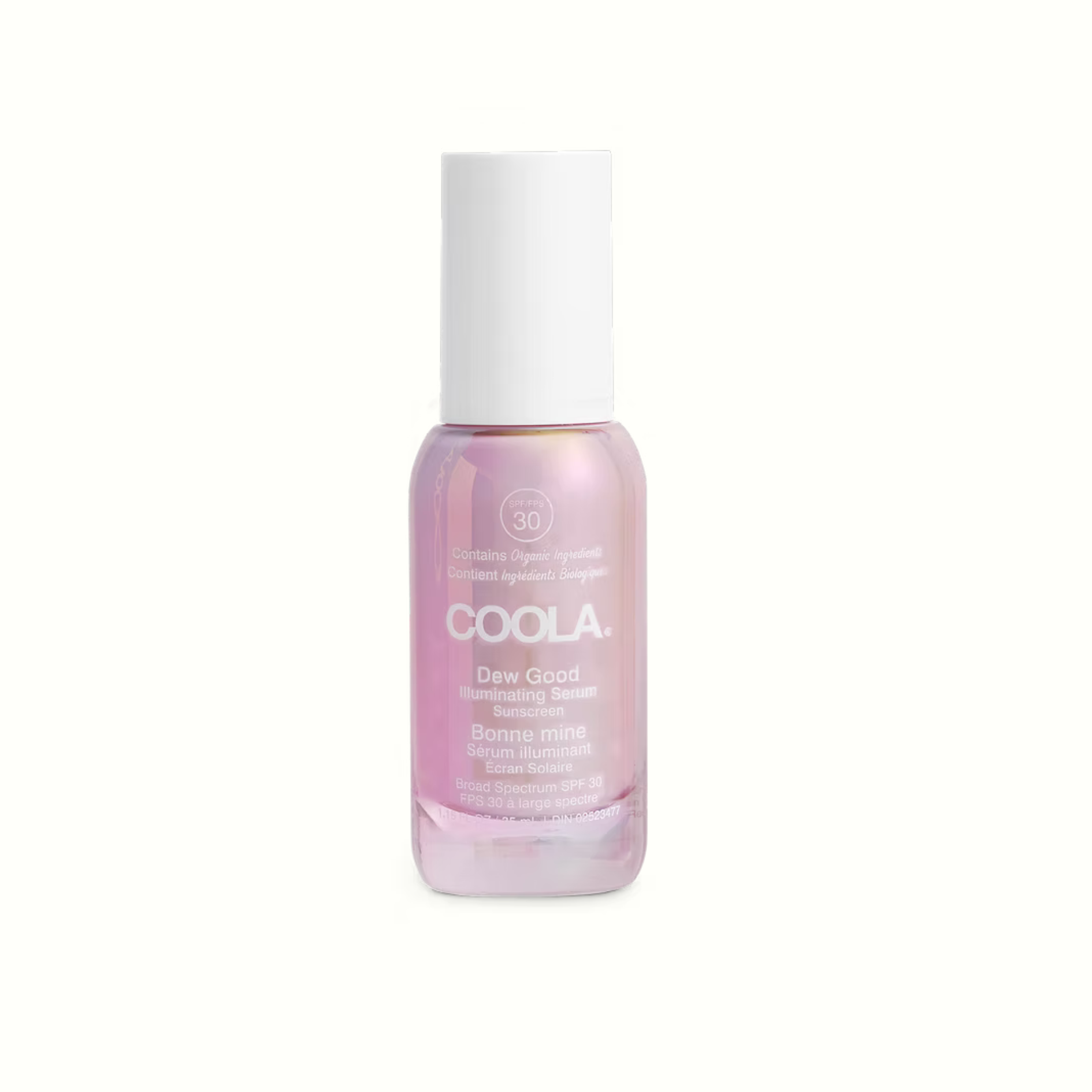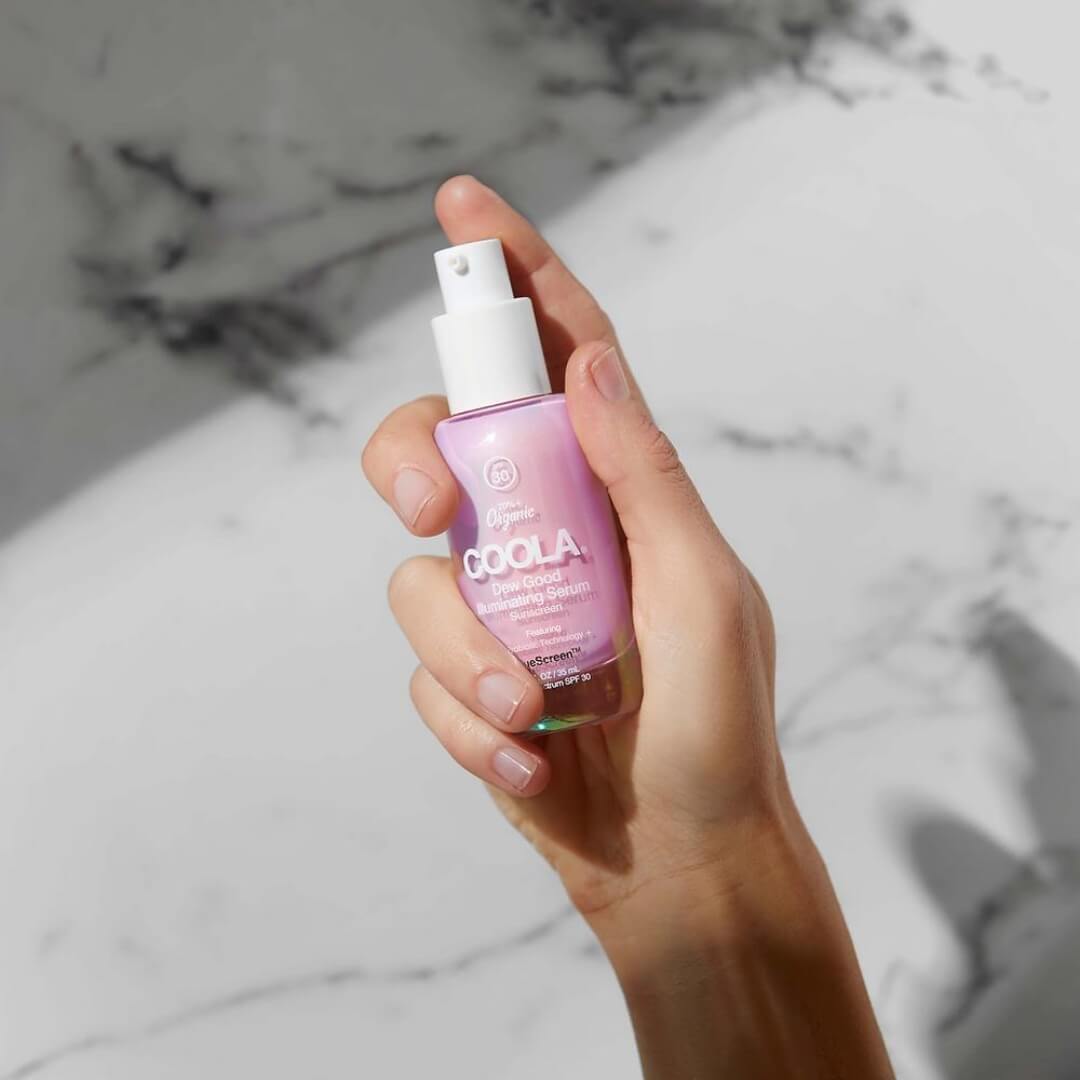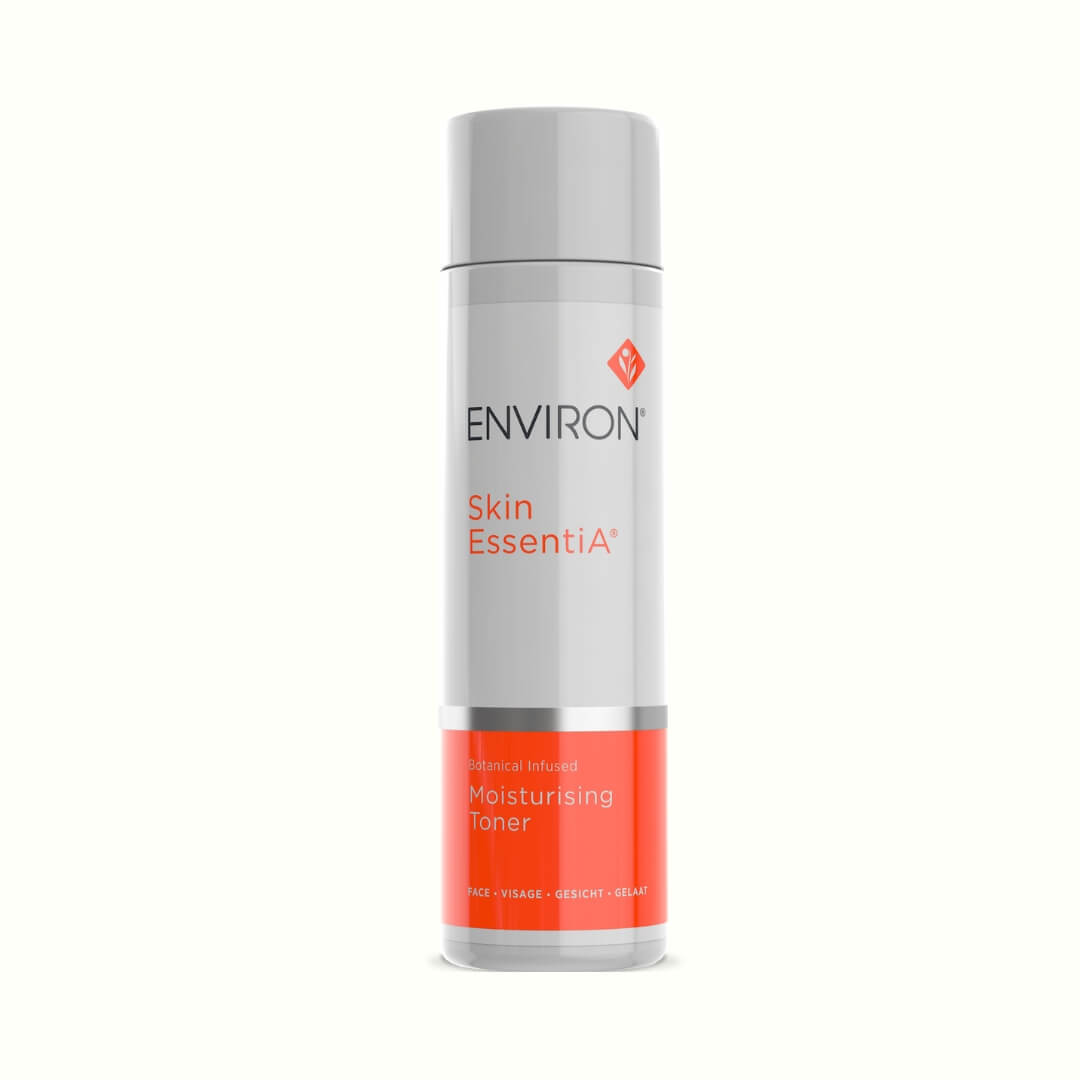What Is Perioral Dermatitis?
Perioral dermatitis is a red, inflamed rash that appears around the mouth and sometimes extends to the nose and eyes. It often looks like acne but can be scaly, itchy, or even painful. While the exact cause is not fully understood, triggers include topical steroids, heavy moisturizers, hormonal changes, and even fluoride toothpaste.
Common Symptoms of Perioral Dermatitis:
-
Red, inflamed rash around the mouth
-
Small, pus-filled or fluid-filled bumps
-
Dry, scaly, or flaky skin
-
Burning or itching sensation
-
Occasional spread to the nose, eyes, or forehead
What Causes Perioral Dermatitis?
The causes of perioral dermatitis vary, but here are the most common culprits:
-
Topical Steroids – Prescription or over-the-counter steroid creams can disrupt the skin barrier.
-
Heavy Face Creams & Moisturizers – These can clog pores and worsen inflammation.
-
Fluoride Toothpaste – Some cases have been linked to fluoride irritation.
-
Hormonal Changes – Fluctuations due to birth control or stress can trigger breakouts.
-
Skincare Products – Harsh cleansers, exfoliants, or fragranced products can aggravate the skin.
-
Bacteria & Yeast Overgrowth – Imbalances in skin microflora can contribute to the condition.
Best Skincare Routine for Perioral Dermatitis
Managing perioral dermatitis starts with gentle, skin-friendly products that restore the skin barrier and reduce inflammation.
1. Switch to a Gentle Cleanser
Using a non-irritating cleanser is crucial. DMS Cleansing Milk is an excellent choice because:
-
It mimics the skin’s natural lipids, making it ultra-gentle.
-
It cleans without stripping essential moisture.
-
Free from harsh surfactants and fragrances that can trigger irritation.
2. Hydrate & Strengthen with an Azelaic Acid Serum
Perioral dermatitis often stems from a compromised skin barrier. There is a lot of evidence behind Azelaic Acid to treat PD. AN-DEW helps:
-
Calm inflammation and redness.
-
Gently helps with the skin desquamation process, preventing build up and clogged pores without stripping.
-
Support skin barrier repair with soothing ingredients.
3. Moisturize With a Lightweight Cream
Instead of thick moisturizers, opt for DMS High Classic, a lightweight yet nourishing option that:
-
Supports skin barrier function with physiological lipids.
-
Absorbs easily without leaving a greasy residue.
-
Strengthens sensitive, compromised skin.
4. Avoid Harsh Ingredients
-
Say no to exfoliants like glycolic acid and retinoids during flare-ups.
-
Avoid heavy occlusive creams and petroleum-based products.
-
Choose minimal, fragrance-free formulas.
5. Protect Your Skin
-
Wear a mineral-based SPF to prevent irritation from sun exposure.
-
Avoid heavy makeup during flare-ups.
How to Prevent Perioral Dermatitis Flare-Ups
-
Stop using topical steroids unless prescribed by a dermatologist.
-
Use a simple skincare routine with gentle, fragrance-free products.
-
Check your toothpaste – consider switching to fluoride-free.
-
Avoid over-moisturizing – stick to lightweight, barrier-supporting products.
-
Reduce stress – since stress can contribute to flare-ups.
When to See a Skin Expert
If symptoms persist despite switching to a gentle skincare routine, book an appointment with a Face Club Skin Therapist for personalized skincare guidance.
Final Thoughts
Perioral dermatitis can be frustrating, but with the right skincare routine, it’s manageable. Switching to DMS Cleansing Milk, AN-DEW, and DMS High Classic can help restore balance, calm irritation, and keep flare-ups at bay.
Ready to take control of your skin? Explore Face Club’s medical-grade products and book a virtual consultation for expert advice.



